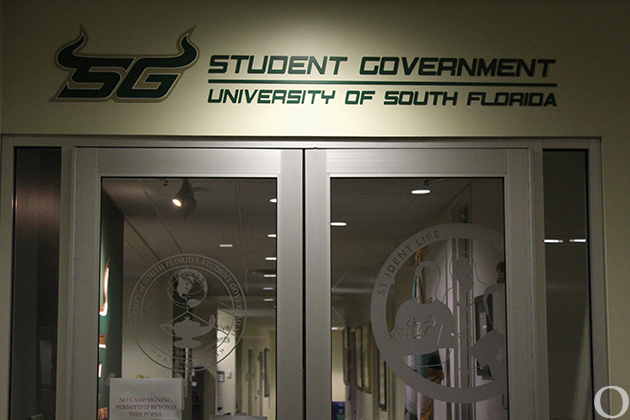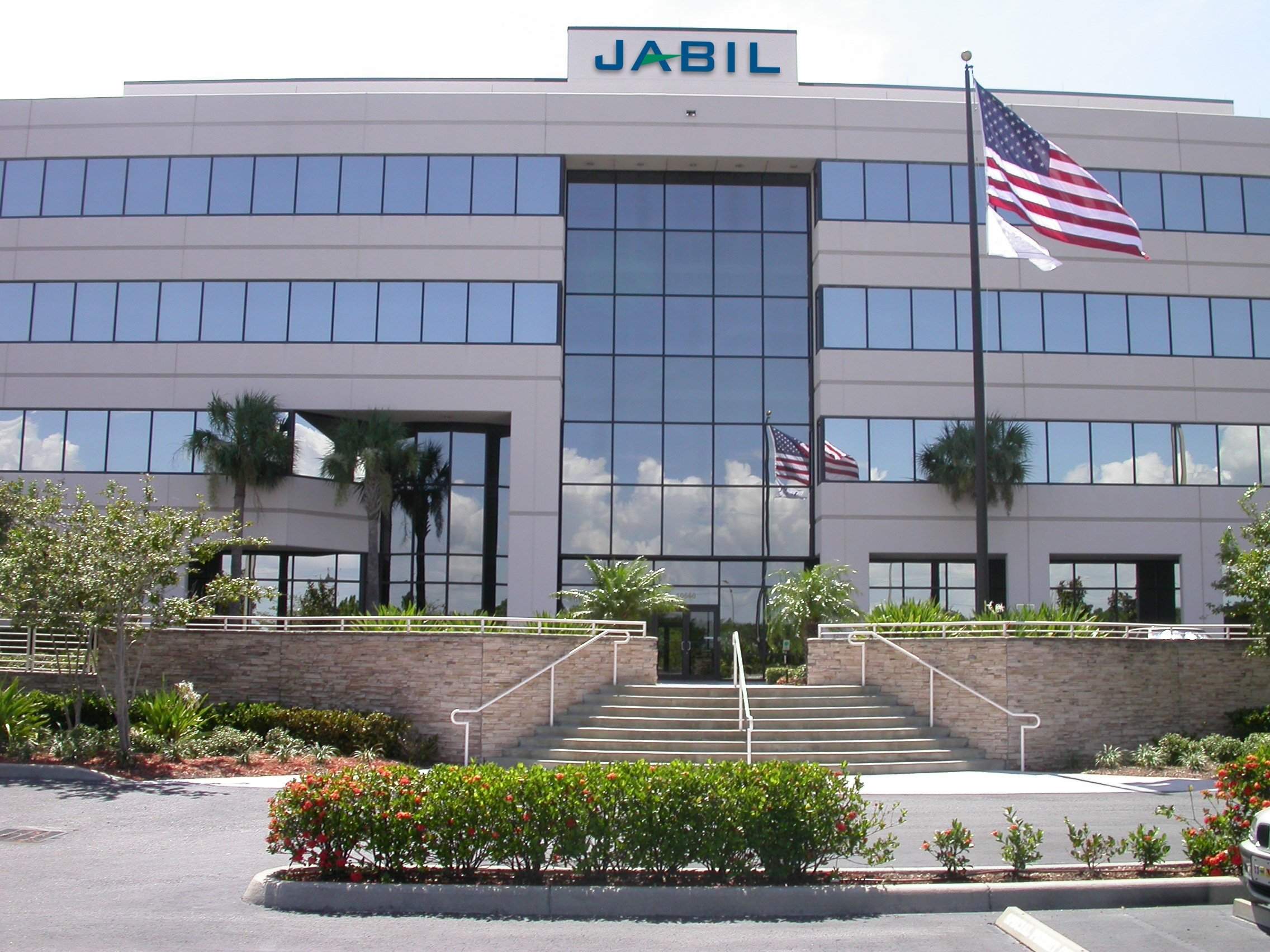Hurricane season on the horizon
The official start of hurricane season, June 1, is a month away. With a series of storms and strong hurricanes last year, there is reason to wonder just what this year might have in store for Florida. USF College of Marine Science physical oceanographer Robert Weisberg and his associate Lianyuan Zheng have modeled potential storm surge impacts in the Tampa Bay region using data collected by the National Oceanic and Atmospheric Administration (NOAA), the U.S. Geological Survey (USGS) and other agencies during last season’s batch of hurricanes.
“What we’ve attempted to do is model the potential for surge in this region based upon many different factors associated with the storm,” said Weisberg.
Al Hine, associate dean for research at CMS, described the accomplishments of Robert Weisberg.
“What he’s (Weisberg) done is he has a mathematical model and can take an imaginary hurricane with a certain velocity and size and run it from offshore onshore and show how the water level in Tampa Bay changes.”
In comparison to how the media currently models and predicts storm surge, “(Weisberg) has models that provide much more accurate information about what might happen during a storm,” said Hine.
Weisberg gave an example. “We often get reports in the media that a category-two storm will give a storm surge of a certain amount, and that’s not really true.”
Hine explained further how Weisberg’s modeling is more accurate than others.
“He can show specific areas that might flood worse than others. People say a certain-sized storm is going to come and the storm surge is going to be 10 feet. Well, it’s not 10 feet everywhere. It might be two feet somewhere and 14 feet somewhere else. He can show what specific sections of coast and Tampa Bay are going to really get slammed and what parts won’t.”
According to Weisberg’s findings, storm surge in Tampa Bay could potentially be disastrous. “If we had a Category 4 storm that makes landfall just north of Tampa Bay and is moving kind of slow, we could see surges that, in my model results, are at some six meters or so, which is around 20 feet.”
Weisberg pointed out some of the places that are more vulnerable to storm surge in the Tampa Bay area. “All of the low-lying areas are at risk. The worst flooding is normally in the northern reaches of the bay. So up toward Tampa and around Safety Harbor, that’s where we tend to get the worst flooding.”
Weisberg has come up with an explanation for why a new inlet was formed on North Captiva Island during Hurricane Charley last year. Factors like the storm’s route, speed and intensity resulted in a difference in the water levels on either side of the island, said Weisberg.
“We wound up with the sea level being high on the gulf side and low on the sound side, and since it’s very narrow there and there’s not much elevation to begin with, the water literally overtopped the island. There was such a large pressure force due to a height difference of over eight feet that water just rushed across and took out all the sand and made a new inlet,” explained Weisberg. “It’s almost as if you took a sledgehammer and bashed at the opening there.”
Weisberg said that we could see comparable effects in the Tampa Bay region if a large storm with the right factors was to directly hit.
“I think the area around John’s Pass is probably the most vulnerable, simply because of the land elevations and how the bay and the gulf meet. All the Pinellas beaches where there is a sufficient amount of water behind it can have the propensity to cut an inlet.”
Hine pointed out how application of Weisberg’s storm surge model might help in preparation for a hurricane. “Knowledge is preparation, forewarned is forearmed, so if you know more you’re better off. He can predict what certain areas might be more heavily impacted than others, and it provides a level of sophistication that, heretofore, has not been available.”
In regard to storm preparedness, Weisberg said his model “provides additional guidance in planning for evacuations.”
Looking ahead to predictions of this year’s hurricane season, Weisberg said, “We know there’s going to be hurricanes and whether or not you can predict in advance how many are going to hit peninsular Florida, if any, or how many are going to occur. You never know. There’s ‘X’ number of hurricanes each year, plus or minus a few.
“We can’t predict exactly where a storm will make landfall when it’s a couple of days out. So you have to advance evacuations based on incomplete information and if things don’t materialize, at least you have to provide an explanation why so that the next time, somebody might still listen.”
Regarding the most important thing to remember in terms of public hurricane preparedness, Weisberg said, “The potential for surge is tremendous and consequentially if you’re asked to evacuate, you should heed those warnings.”





